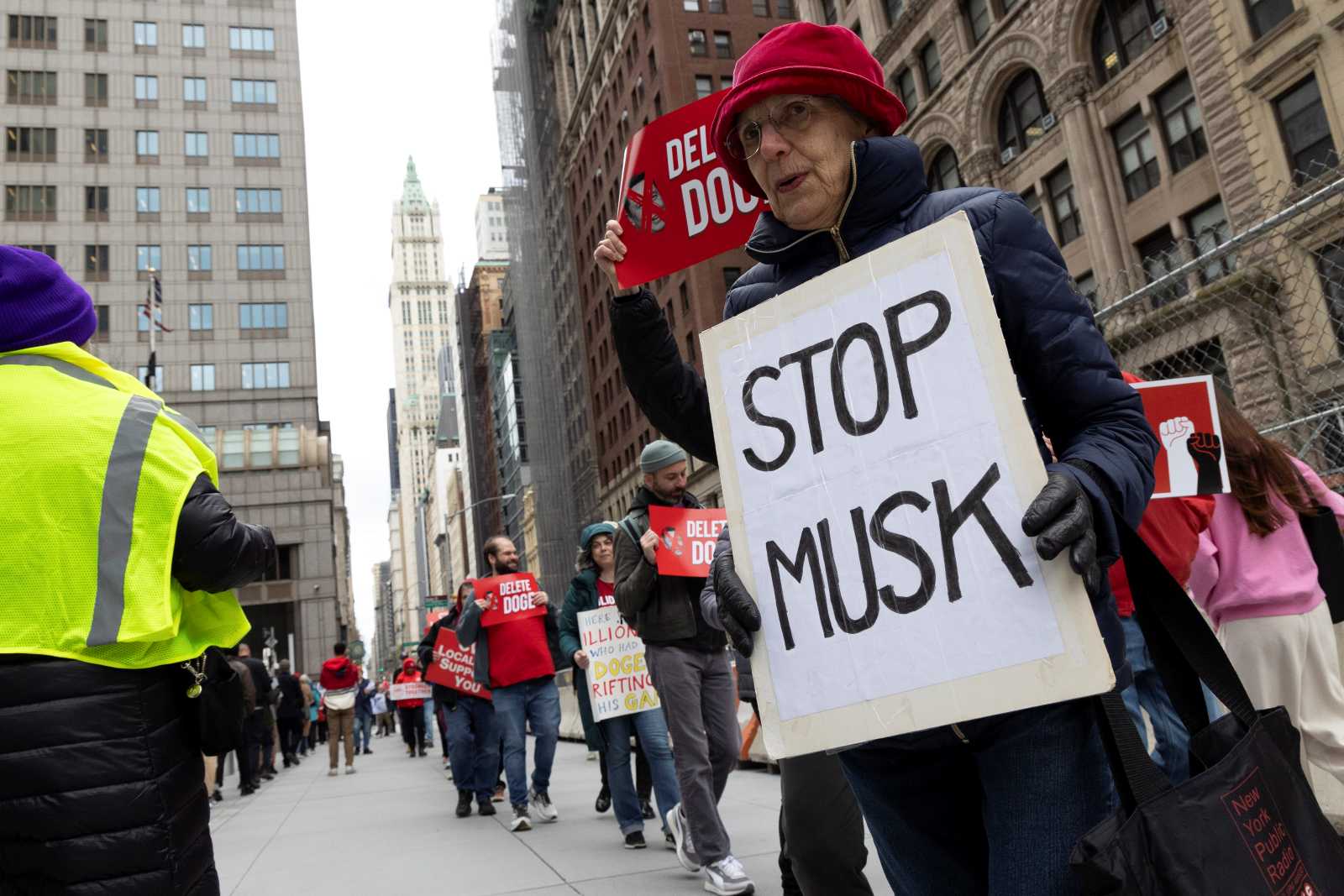Economic policy
Stuck in informal employment

Jagdish Bhagwati and Arvind Panagariya are Indian economists who teach at Columbia University in New York. They are proud of the progress India made in the past two decades, but believe the country could and should achieve more. Their recently published book “Why growth matters” spells out a two-pronged approach for doing so. In this context “Track I reforms” serve to boost growth, and “Track II reforms” serve “more effective and inclusive redistribution”.
Bhagwati has a long history of calling for liberalisation in India. He has been arguing for more than two decades that growth leads to more jobs and more business opportunities and is therefore essential for fighting poverty. At the same time, he says, growth leads to higher state revenues, allowing governments at various levels to spend more on the kind of redistributive programmes that allow poor people to grasp the opportunities growth offers. Health care and education matter especially in this context.
Bhagwati has been a proponent of policies that facilitate economic expansion for decades. After all, the statist-socialist approach India took after independence did not deliver fast growth. Matters changed in the early 1990s, when Manmohan Singh, who is prime minister today and was finance minister back then, started liberalising the economy. At the time, Singh built on the academic work of scholars like Bhagwati and on his own insights as an economist.
Today, Bhagwati and Panagariya insist that the policy change in the early 1990s was not simply a surrender to the World Bank and the IMF in a balance-of-payments crisis. They emphasise Indian ownership. Their proof is that the reforms were never reversed even though India’s foreign-exchange reserves grew impressively soon after liberalisation set in.
The results in terms of poverty alleviation were impressive too, the two professors from Columbia University point out. According to their data, the poverty ratio fell from almost 40 % of India’s population in the late 1980s to about 20 % in 2009/2010. In the same time span, the poverty ratios for scheduled castes and tribes, India’s most disadvantaged communities, fell from about 50 % to about 30 %.
Bhagwati and Panagariya strongly disagree with leftist views, according to which growth does not trickle down and redistribution is the principle way to fight poverty. India is too poor to rise to the challenge of poverty only be redistributing wealth, the two economists state. They have a point. According to the IMF, India’s GDP per head was not quite $ 1500 in 2012.
In Bhagwati’s and Panagariya’s eyes, more liberalisation is needed. Once more challenging leftists, they call for labour market reforms. They argue that laws designed to protect workers from exploitation are counter-productive because they make the growth of formal-sector businesses unlikely. “The costs due to labour legislations progressively rise in discrete steps at seven, 10, 20, 50 and 100 workers,” they state. As a consequence, India has very little formal sector employment.
A mere 9.8 million people in India were employed by private-sector enterprises in the financial year of 2009/2010, according to the authors. For a nation of 1.2 billion people, that number is negligible. In many other Asian nations, the growth of manufacturing companies led to more formal-sector employment, beginning in low-skill industries like textiles and toys, but later spreading to more sophisticated industries. Bhagwati and Panagariya warn that labour-market regulations are blocking that kind of development in India. Instead, informal and unprotected employment remains the norm.
To facilitate growth, the two scholars also want India to change land-acquisition laws, improve infrastructure and invest more in higher education. The result, they promise, will not only be more and better-paid jobs, but also more government revenue and thus more scope for what they call “Track II reforms”. Such reforms should focus on issues like primary education, health and food security, they state.
Hans Dembowski














